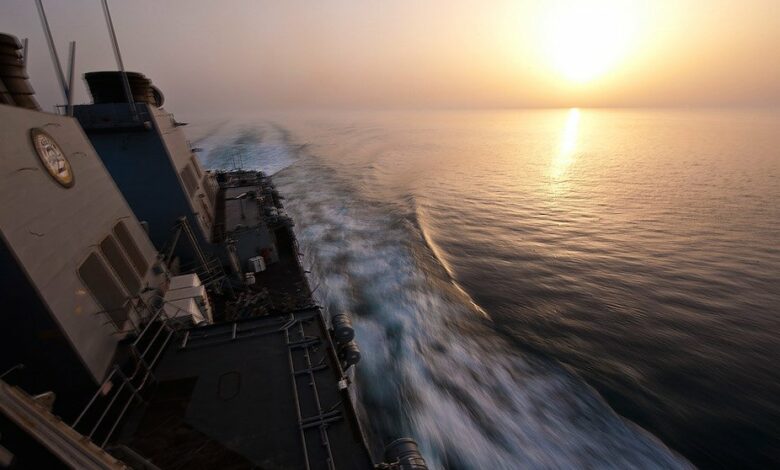
Red Sea impasse remains despite creation of international naval coalition
The global shipping industry has welcomed news of a US-led naval coalition to ease tensions in the Red Sea, but is wary that it will take weeks before the area is safe to transit.
The US and a coalition of 10 countries, including the UK, France and Canada, have formed a naval security initiative called Operation Prosperity Guardian to defend ship navigation in the Red Sea region where many oil majors, containerlines, and bulk owners have decided to halt transits in recent days following a series of attacks by Iranian-backed Houthis off Yemen, aimed primarily at Israeli-linked vessels.
Despite the official launch of the initiative on Monday evening, ships continue to migrate to alternative routes, suggesting many big names in merchant shipping are still not prepared to run the security gauntlet through the southern Red Sea.
Several of the ultra-large containerships which had been stuck in the Red Sea between the Houthis in the south and an expensive Suez transit to the north have now started moving, ready to pay another canal toll and to transit across the Mediterranean and down the west coast of Africa in order to get to Asia.
“This shows the carriers do not believe the situation will be resolved in the next two weeks,” commented Lars Jensen, the CEO of container advisory Vespucci Maritime.
Vincent Clerc, the CEO of Maersk, told CNBC, an American news channel, yesterday that it would take a “few weeks” for the task force to be fully operational, giving shippers and fellow owners a heads-up that the impasse in the Red Sea is here to stay into the new year.
“It is unclear when the task force will become fully operational, and how it intends to operate. While any strategy is likely to increase security in the region significantly, shippers may remain hesitant until there is a clear subsidence in attacks,” brokers Arrow noted in an update yesterday.
Ships continue to be targeted by the Houthis, even when their links to Israel are not at all well-established. On Monday, the 2017-built, 20,000 dwt Swan Atlantic chemical tanker was hit by a drone. The ship’s Norwegian owner, Inventor Chemical Tankers, hit out at vessel tracking service MarineTraffic for mistakingly claiming the vessel was managed by an Israel-affiliated company.
The Red Sea, with the Suez Canal at its northern tip, sees around 10% of global seaborne trade volumes passing through it annually, according to data from Clarksons Research.
So far in 2023, there have been over 24,000 transits through the Suez Canal with bulk carriers accounting for 28% of the total, followed by oil tankers at 24% and containerships at 23%.
Diversions to avoid the Red Sea typically involve significant additional distances. Travelling from Asia to North Europe for example via the Cape of Good Hope instead of via the Suez Canal adds an extra 3,200 miles to the voyage (or 30%), extending typical containership voyage times from 31 days to 40 days at standard operating speeds, according to Clarksons.